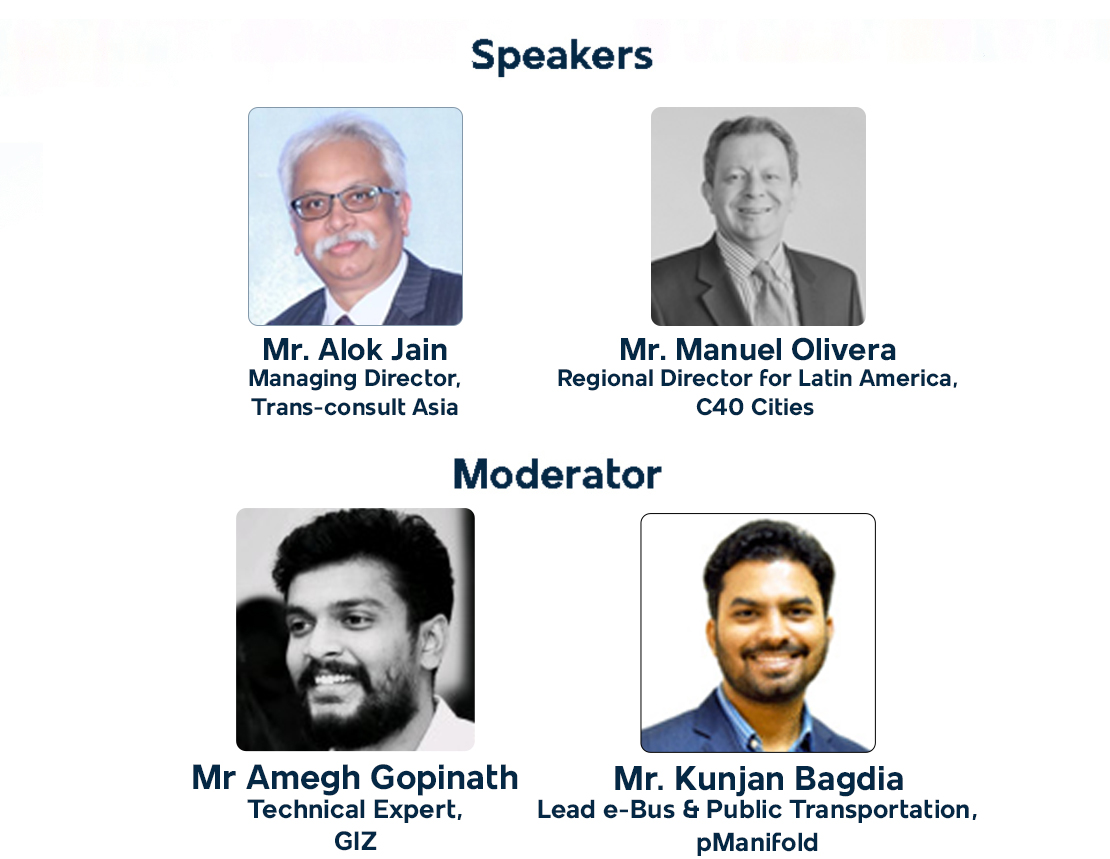Two forces are acting globally to increase e-Buses penetration for environmental and economic benefits they offer 1) New cities making efforts to drive first pilot deployments and 2) Cities with existing e-Buses are working to improve integration and operational efficiency and increasing e-Bus fleet size. Indian State Transport Utilities (STUs) falls in both buckets, and similar is the scene globally. There are different business models including capex purchase, opex purchase, leasing and other variants that are being piloted to improve adoption of higher upfront cost e-Buses and balancing risk-return share between different players. There are different approaches of in-sourcing and out-sourcing manpower to transition to cleaner public transportation and improve overall integration with legacy system and processes.
Growing cities around the world are setting good examples on well adoption and integration of electric bus fleet. Shenzhen in China is one such city which has successfully transitioned to 100% electric bus fleet with total fleet size of some 16,359 buses between three operators, and different business model variants.Hongkong has adopted superconductor electric buses. Santiago, de Chile is home to the world’s largest pure electric bus fleet of some 700 outside of China, with strong private sector participation. Bogota is another good case study for high 2,000 e-Buses procurement.
This e-Mobilogues’ Webinar,will bring global experts sharing their experiences and case studies from South Asia and Latin America with discussion on improving overall adoption and integration of e-Buses. The discussion will cover following,
- What supportive policies can enable smooth transition into electric bus fleet in public transportation?
- What business models and structuring to better enforce co-operation and productivity between STU (or Transport Authority), OEM, Private Operator, and Batteries and Charging Infra Provider?
- How to better engage private sector participation in capex heavy e-Bus eco system?
- What learnings drawn from current procurement and deployments to go for bigger next planning and procurement of e-Buses?
- How best to drive integration of e-Buses in mixed fleet legacy systems?
- How planned Training and Capacity building can improve e-Bus utilization and overall ROI?



